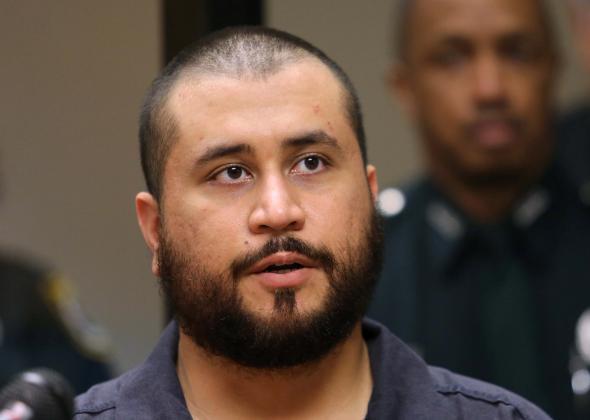Earlier this week, Trayvon Martin shooter George Zimmerman was arrested on charges of assaulting his girlfriend. In a 911 call, Zimmerman’s girlfriend Samantha Scheibe told dispatchers that Zimmerman had pushed her, smashed a table, and threatened her with a shotgun. But Zimmerman also made his own 911 call, in which he maintained that he had not threatened Scheibe, and that she was the one who smashed the table. Which 911 call should we believe?
Maybe neither of them—at least not completely. The Associated Press published a thought-provoking story Tuesday suggesting that Zimmerman and Scheibe called 911 knowing that the recordings of their calls were admissible in court, and would likely be made public. As such, it’s not unreasonable to think that both calls may have been intended as pre-emptive public relations efforts in addition to requests for police assistance. According to the AP, this sort of strategic 911 call “spinning” is a common tactic among savvy defendants and accusers:
“There really has been what I would call a multiyear training program in place, frankly” to use 911 calls strategically, says former Massachusetts prosecutor Wendy Murphy. “And folks, especially people who understand high-profile crimes and the nature of evidence and the rules of evidence and domestic abuse generally, they (know) the power of a 911 call to change not only the trajectory of the case, but to change public opinion and to affect the jury pool.”
For defendants or accusers, a 911 call is a way to get their side of the story on the record without having to testify in court. “It allows him to speak without the fear of cross-examination,” a San Francisco lawyer told the AP in reference to George Zimmerman’s most recent 911 call. “So if he can get his side out, and in a clear way, he never has to face the other side asking him questions or follow-ups.”
I guess I’m not surprised to learn that 911 calls have become a vehicle for impression management. From perp walks to press conferences, our justice system is rife with opportunities for propagandizing; there’s no reason why 911 calls should be exempt.
Even so, I suspect this strategy isn’t as common as the AP story would have you think. For one thing, I seriously doubt the principals in your average criminal case have the foresight and strategic planning skills that this maneuver seems to require. And 911 spinning wouldn’t be particularly useful in cases where there’s lots of other evidence. If a burglar gets caught on camera and leaves his fingerprints everywhere, all the spinning in the world won’t help his case. (What would that call even sound like? “Hello, 911? I accidentally found my way into someone else’s house, and made away with some jewelry—thinking it was mine, you see. Just calling to check in!”)
Spinning an emergency dispatcher is a technique best deployed by someone exactly like George Zimmerman: a well-known alleged repeat offender with a bad reputation, good lawyers, and a habit of finding himself in your-word-against-mine situations. The tactic is obviously most valuable in cases where there’s very little physical evidence, and that’s the case in many alleged domestic assault incidents, which often come down to the relative credibility of the accuser and the defendant. As prosecutor Wendy Murphy indicated in the AP story, a strategic 911 call from an alleged abuser could well be effective in establishing reasonable doubt that a given assault actually took place in the way the victim claims. If the Zimmerman table-smashing case ever comes to trial, I’m sure that Zimmerman’s lawyer will use his client’s 911 call in exactly that fashion.
